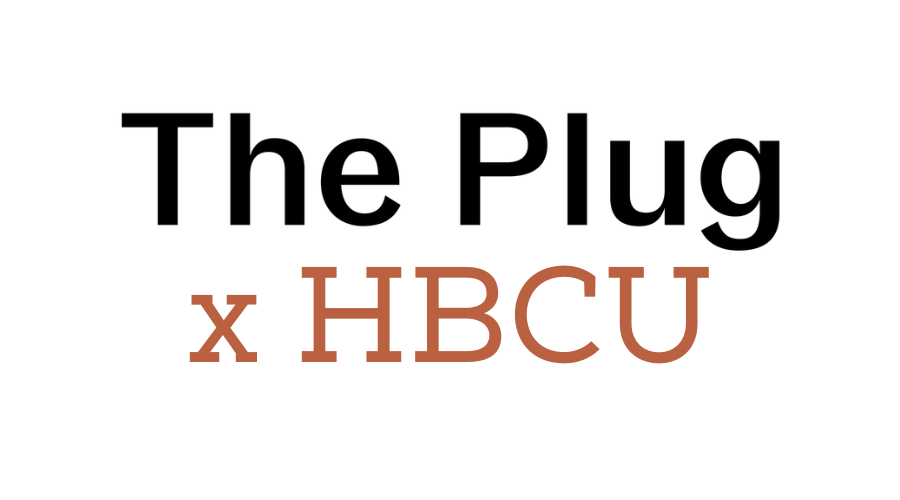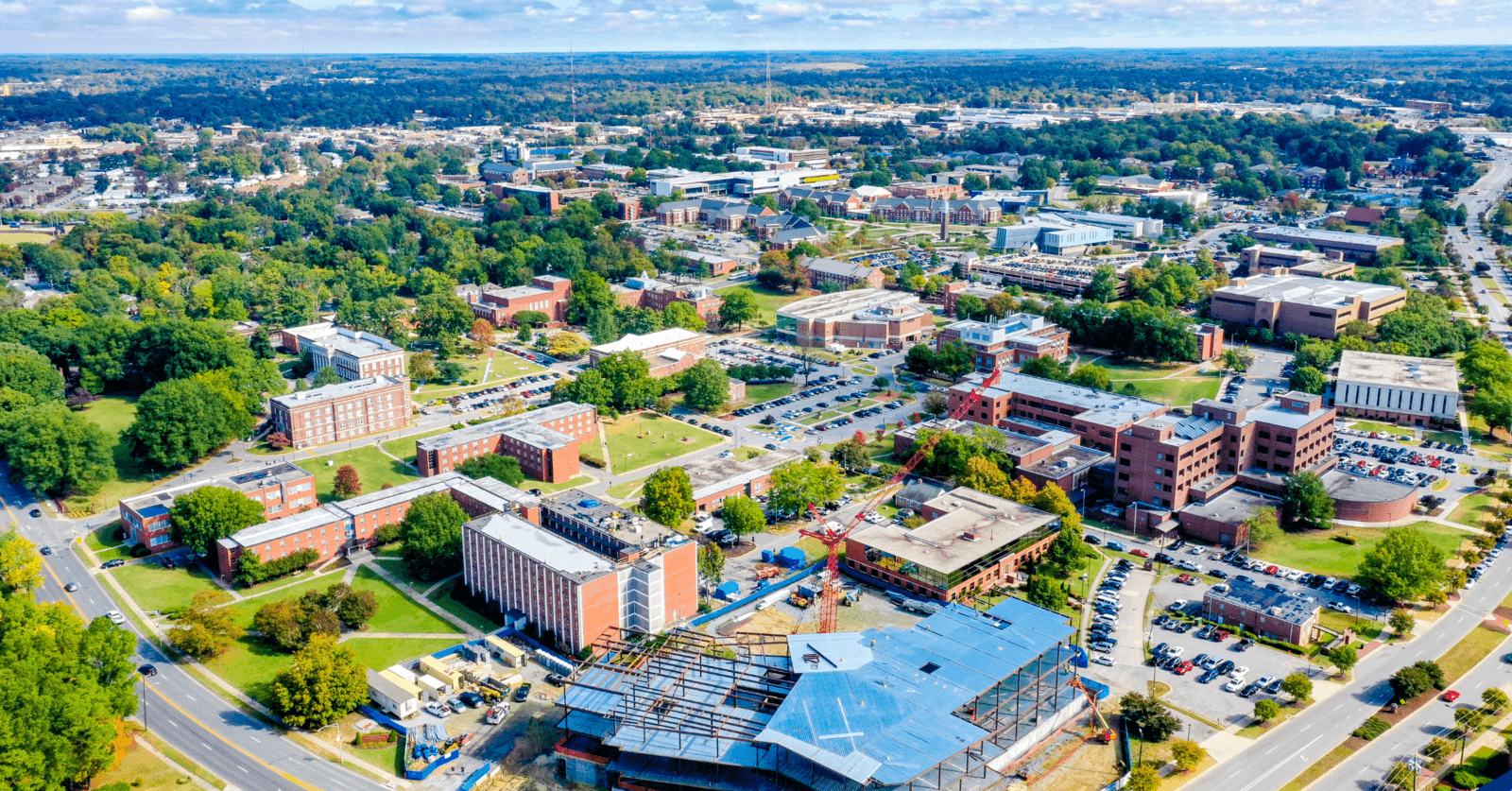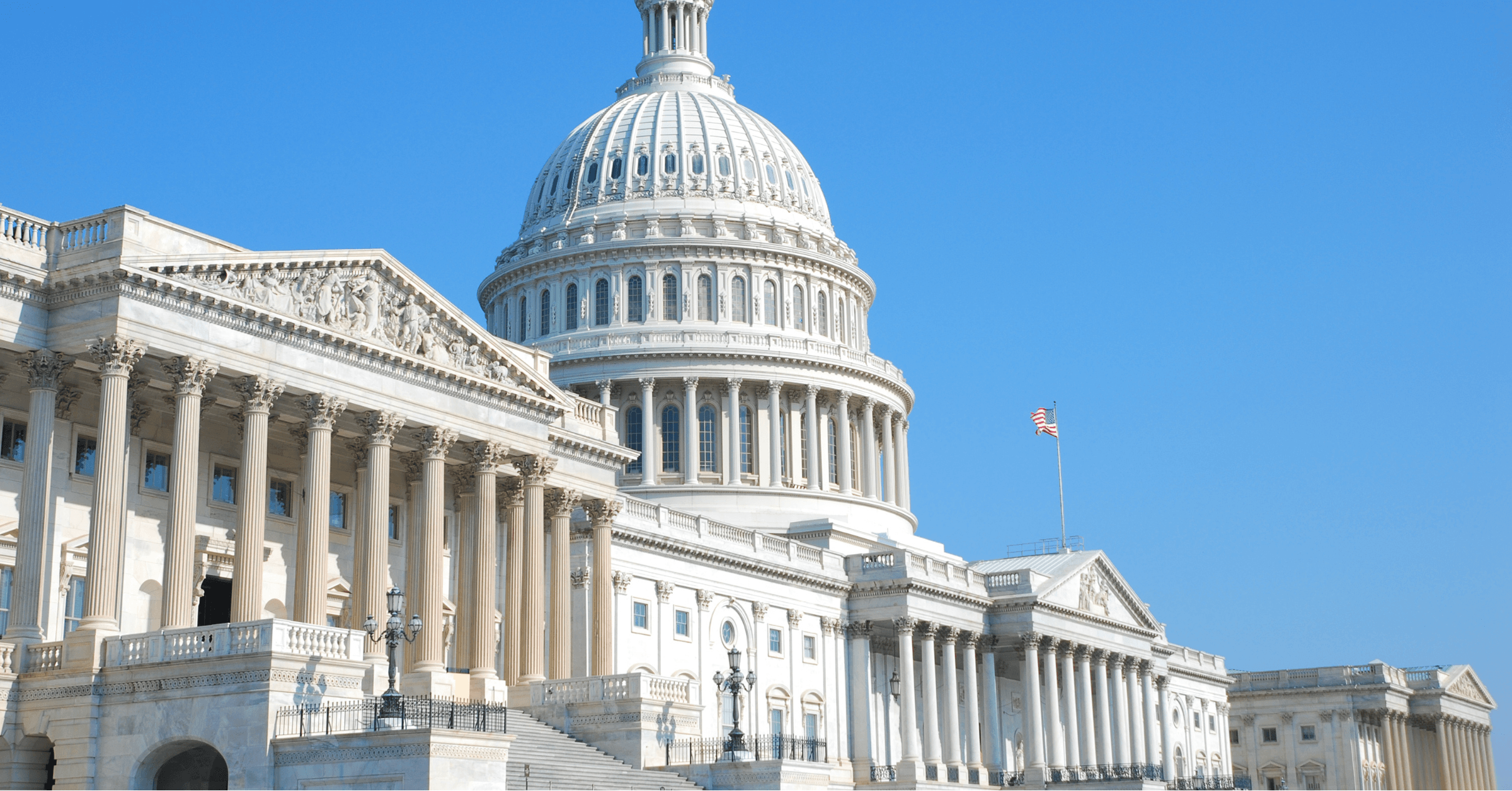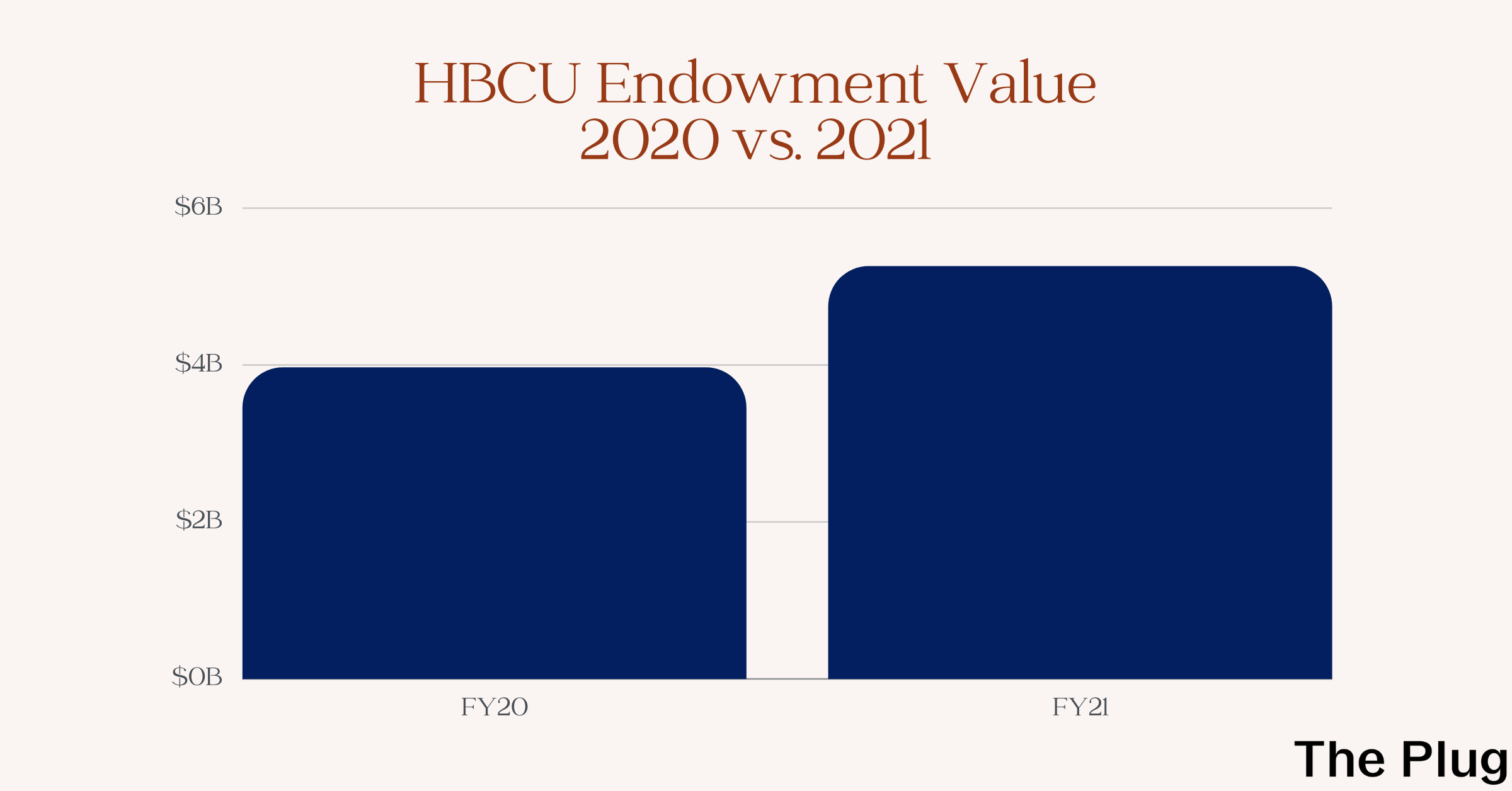Adapted from the weekly HBCU newsletter. To get more news and analysis straight to your inbox, sign up for free.
I am often asked what I think are the biggest trends happening in the HBCU ecosystem. From speaking to government officials, lawmakers, school presidents and non-profit officials, I think that one of the biggest things happening for HBCUs that has gone largely unnoticed is a massive, concerted effort to get an HBCU to R1 status.
For people who work in the American higher education system, R1 is a familiar designation. It comes from the Carnegie Classification of Institutions of Higher Education, which classifies schools based on a variety of characteristics like doctoral degrees conferred and research spending.
There is an unofficial hierarchy system to the classifications that translates into real-world funding. At the top is R1, which Carnegie classifies as schools that have a very high degree of research activity, like Johns Hopkins University, MIT, Georgia Tech and Harvard University. Only 3.7 percent of the nearly 4,000 U.S. colleges and universities that Carnegie classifies are R1, just 146 schools, and many consider it the pinnacle of higher education.
Next come R2 schools, which are still research-intensive but may not spend quite as much on research or confer as many doctoral degrees. Currently, 11 of the 133 universities designated as R2 are HBCUs:
- Clark Atlanta University
- Florida A&M University
- Howard University
- Jackson State University
- Morgan State University
- North Carolina A&T State University
- Prairie View A&M University
- Southern University and A&M College
- Tennessee State University
- Texas Southern University
- University of Maryland Eastern Shore
But with no HBCU currently being an R1 university, there is an impact on the federal research funding, philanthropic donations and other funding they are eligible to receive.
“The big proposals that are being funded, the big research scientists that get multimillion-dollar awards over a long period to really establish a certain type of research and to be able to experiment and see it through and keep it going, those rarely go to institutions like HBCUs,” Claudia Rankins, Senior Research Associate at PRISSEM Academic Services and a retired Program Director of HBCU-UP at the National Science Foundation, told The Plug.
“You have more confidence as a [grant proposal] reviewer based on what’s in your mind that it’s more likely that the faculty member at the R1 institution has the support needed to carry out the research, so it’s more likely that this research will be successful. That’s just how the thinking goes,” Rankins said.
For the R2 HBCU presidents as well as people like Dietra Trent, the Executive Director of the White House HBCU Initiative, and numerous U.S. representatives and senators, one of their main priorities is to push an HBCU from R2 to R1 status — although some experts see this push as putting the cart before the horse.
Millions of dollars are being poured into the effort.
In April, Senators Chris Van Hollen and Thom Tillis introduced the HBCU Research, Innovation, Security, and Excellence (RISE) Act, which is bipartisan legislation aimed explicitly at enabling an R2 HBCU to achieve R1 status by establishing a pilot program through the Department of Defense.
“It’s my strong view that we need to ensure that all of our brainpower is on the playing field and directed toward achieving important priorities, including in developing science and technology,” Sen. Van Hollen told The Plug. “It’s important that our HBCUs are given the resources to participate in the highest ranks of our research efforts.”
In June, Rep. Alma Adams and four of her colleagues introduced the RISE Act in the House and included the legislation’s text in the $839 billion National Defense Authorization Act (NDAA) that passed the House last month, although the language was altered to direct funding to R2 minority-serving institutions as well as HBCUs.
As it stands, under all of the research and development provisions in the House NDAA related to HBCUs and MSIs — not just the RISE Act section — those schools would receive around $111 million. The Senate version of the defense bill is still under consideration, but right now it directs $33.3 million to research funding for HBCUs and MSIs.
“We are making sure that we can get things done for the schools because they really need it and I believe that with the allocations that the Senate has in the NDAA, it’s really going to help our schools tremendously,” Rep. Adams told The Plug.
Another multi-billion dollar bill that has been making its way through Congress is known as the CHIPS and Science Act of 2022. It would appropriate $54 billion to the Commerce Department and other agencies for programs that strengthen the domestic semiconductor, microchip and telecommunication equipment industries.
But also tucked in the CHIPS bill is a provision similar to the RISE Act, added by Sen. Van Hollen, that directs the National Science Foundation to use some of its funding to help HBCUs reach R1 status. However, Sen. Van Hollen said that a specific amount for the effort has not yet been appropriated.
The CHIPS bill passed the Senate and House last week and is set to be signed by President Joe Biden soon.
Ultimately, R1 is just a classification.
Yes, there are real-world impacts in terms of funding and prestige tied to the designation, but in order for that to come to full fruition, HBCUs have to have strong research systems in place and Congress has to actually appropriate adequate funding to put its language into effect.
“To put the accreditation up front to say that’s gonna solve a problem, I think is not the right way of approaching the challenge,” Darold Hamlin, President and Executive Director of the Emerging Technology Consortium, told The Plug. Essentially, it’s putting the cart before the horse.
“If you write a law and you don’t put an appropriation with it, then what you’re asking the agency to do is take somebody else’s money to execute your program. So it doesn’t matter how many laws you put on the books,” he said.
Since at least 2010, Congress has included language in the annual NDAA to enhance the research and education capabilities of HBCUs, according to Hamlin, yet 12 years later similar conversations are still being had.
So while the increased investments and efforts to push HBCUs into the uppermost echelon of research universities are promising, it remains to be seen what the actual effect will be.








